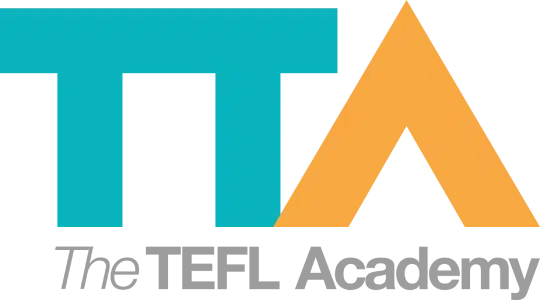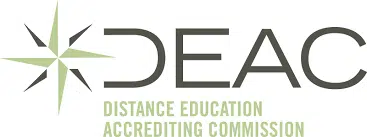Brain Breaks For Young Learners
Join a global community of over 200,000 TEFL teachers working throughout the world! Enrol me!
Teaching Young Learners can be challenging, even if you love children! They are so full of energy and often they won’t sit still. No matter how hard you try they will fidget in their seats, stand up and walk around the class and chat with their neighbour so much so that it can be impossible to get through your lesson. The key to dealing with the high energy of young students is to keep them interested. This means changing the tempo of your lessons at regular intervals and keeping them active. You can do this by using brain breaks.
Brain breaks are short activities which get your students out of their chairs and moving. They help the students change focus for a few minutes and get rid of some energy. If you see your students losing concentration, stop the activity and do a brain break for a few minutes. When you are finished they should be able to sit down and concentrate again.
Here are a few of our favourite brain breaks for Young Learners.
5-4-3-2-1
The teacher instructs the students to do five actions, with the first action being done five times, the second four times, the third three times and so on. For example, five star jumps, four hops, three claps, two hi-fives and touch your toes.
Mingle
The students walk around the classroom, mingling. The teacher calls out a number and the students must form a group consisting of that number of students as quickly as possible.
Musical Statues
The teacher plays music and the students must dance around the classroom. The teacher stops the music at a random time and the students must freeze in whatever dance move position they are in. The teacher can walk around the classroom and try to make them move by making them laugh.
Simon Says
The teacher gives the students an instruction. If the teacher starts the instruction by saying “Simon says” then the students must do the action. If the teacher does not say “Simon says” they mustn’t do the action.
Touch It
The teacher calls out an object which can be found somewhere in the classroom and the students must run to touch it. A word of warning: use objects which can be accessed by many students at the same time – for example, curtains, wall, door, desk, book. If you choose a singular object there may be a stampede!
Ball Toss
Throw a ball to a student who must throw it to another student without hesitation. In other words, the ball should always be in the air. After a few minutes introduce a second ball, and a third.
The next time your Young Learners get ants in their pants, don’t get frustrated with them. Rather use one of these brain breaks to let them blow off some steam and get them back on track.
Comments:
Accreditation Partners
The TEFL Academy was the world’s first TEFL course provider to receive official recognition from government regulated awarding bodies in both the USA and UK. This means when you graduate you’ll hold a globally recognised Level 3 (120hr) Certificate or Level 5 (168hr) Diploma, meaning you can find work anywhere and apply for jobs immediately.
 United States
US
United States
US













Thanks so much for your support.